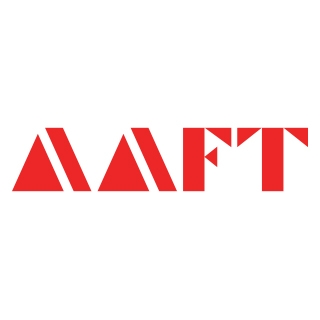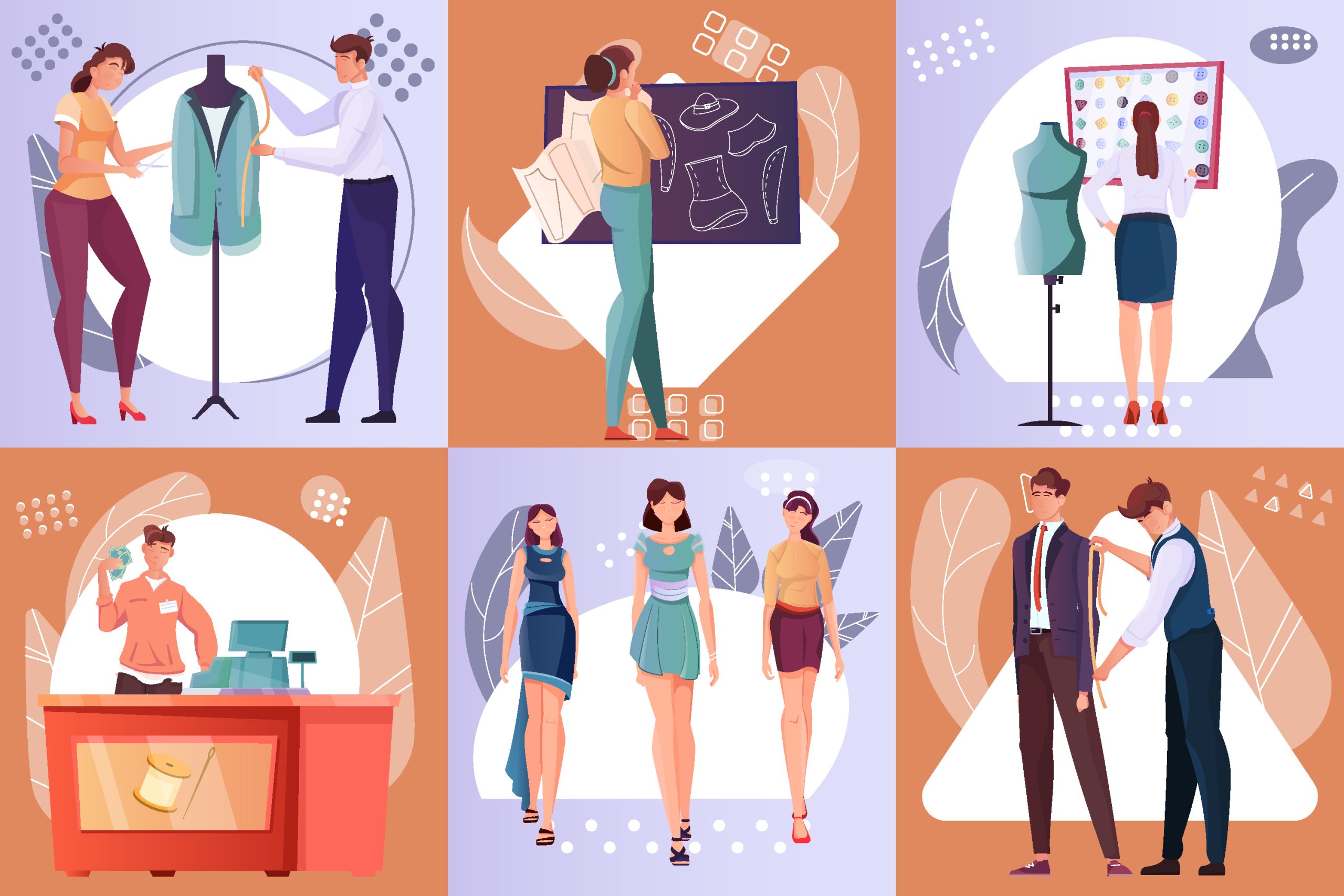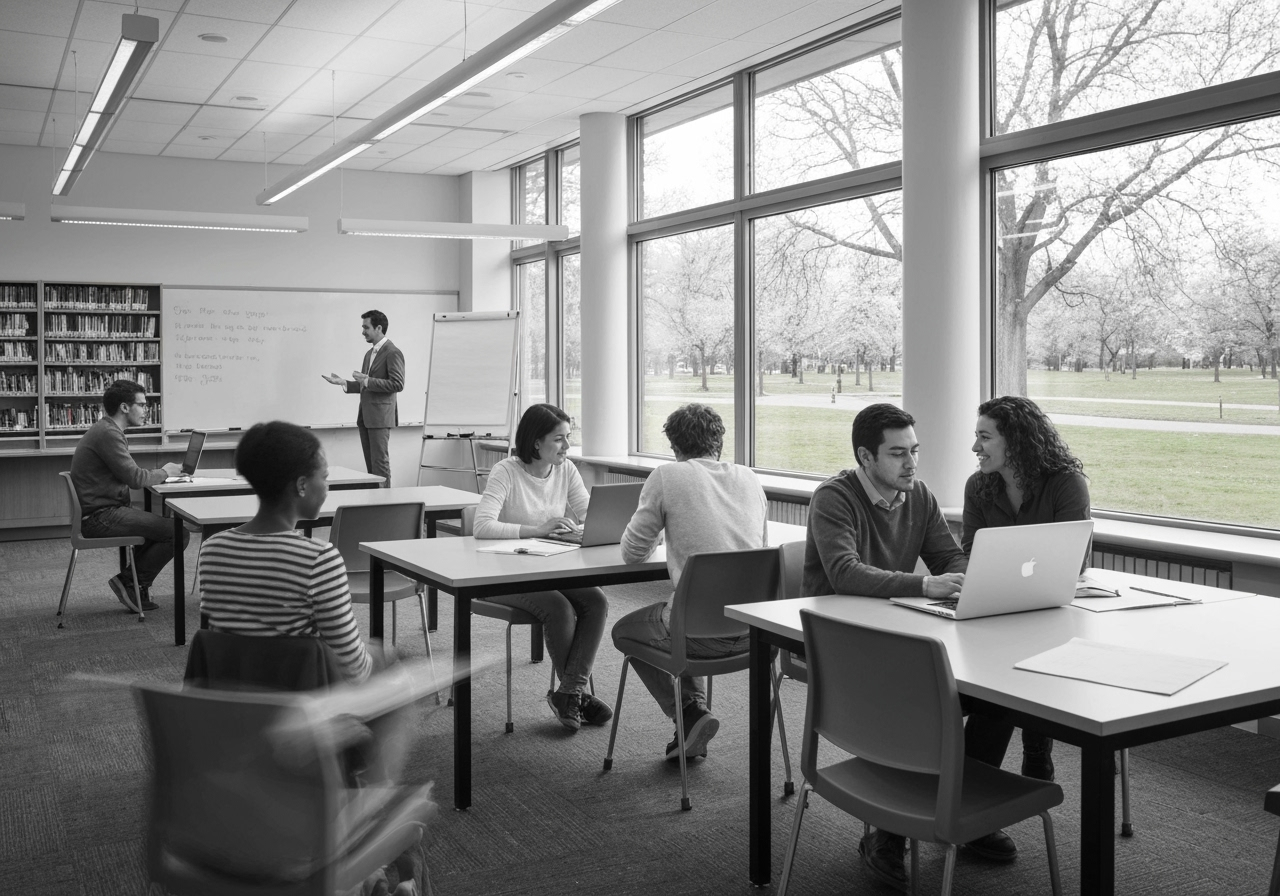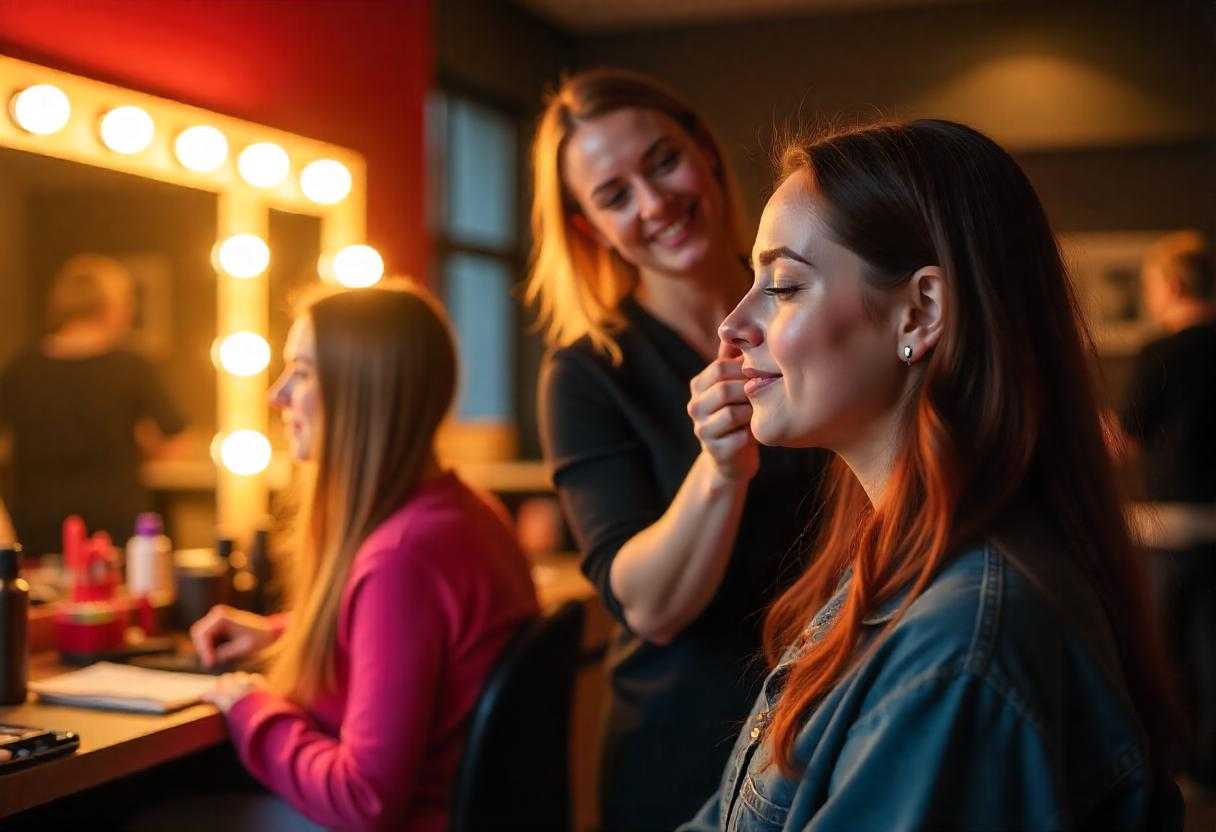Top Skills Every Fashion Professional Needs in 2025
So, what are the top skills fashion professionals need in 2025?
In the fast-changing fashion industry, the expectations for new graduates and experienced hires are also shifting. As per the State of Fashion 2024 report by McKinsey, more than 68% of fashion employers consider tech fluency and sustainability awareness as key requisites, even for an entry-level role. In 2025, creativity alone will likely not be enough to thrive within the fashion industry, given the increasingly competitive nature of the industry.
Hence, if you are considering a diploma in fashion and design, a bachelor’s in fashion design, or even a makeup or modelling course to enter the fashion industry, the skillsets listed below will help you plan your next steps strategically.
Here are the top skills every fashion professional needs in 2025:
Skills Fashion Professionals Need in 2025
| Skills To Gain | Key Features | Why it Matters |
| Creative Intelligence & Trend Forecasting | Fashion market research, predictive analysis, and brand identity development | It can help you identify and combat the upcoming changes in trend. |
| Advanced Visualization & 3D Design | Digital sketching, CAD tools, CLO/Marvelous Designer software | It helps accelerate the design-to-prototype process, reduces material waste, and supports virtual sampling. |
| Sustainability & Ethical fashion | Understanding of eco-friendly textiles, circular fashion models, and ethical supply chains | This understanding aligns with global environmental goals and rising consumer demand for responsible fashion. |
| AI & Fashion Technology | AI-powered trend forecasting, virtual try-ons, AR/VR integrations | These technologies can enhance design efficiency, personalisation, and consumer engagement through innovation. |
| Digital Branding & Fashion Communication | Visual storytelling, influencer marketing, and ecommerce content | Helps build a strong online presence and connects directly with Gen Z and digital-first audiences. |
| Textile & Material Innovation | Smart textiles, biodegradable fabrics, functional materials | It can set apart your designs with performance-driven, sustainable, and tech-integrated fabrics. |
| Collaboration & Soft Skills | Effective communication, project coordination, and time management | These skill sets are essential for working in cross-functional teams with designers, merchandisers, and marketers. |
| Entrepreneurial Thinking & Business Acumen | Brand building, fashion marketing, budgeting, and merchandising | It can equip you to launch and scale your label or take on strategic roles in fashion houses. |
Roadmap to Becoming a Successful Fashion Designer
Do you want free career counseling?
Ignite Your Ambitions- Seize the Opportunity for a Free Career Counseling Session.
- 30+ Years in Education
- 250+ Faculties
- 30K+ Alumni Network
- 10th in World Ranking
- 1000+ Celebrity
- 120+ Countries Students Enrolled
You now know what skills every fashion professional must learn in 2025. But how can you learn them strategically to emerge as a successful fashion designer?
Step 1: Enroll in a credible and accredited program
Start with a fashion design course after the 12th to understand the basics of design, textiles, color theory, and fashion history. This stage is crucial for exploring your creative potential and understanding the scope of the industry.
Step 2: Choose the correct specialization, if you may
Once you have grasped the fundamentals, choose your niche, be it fashion communication, sustainable design, apparel construction, or fashion technology. It is important to choose the right specialization as this sets the direction for your future career path.
Book Now →
Step 3: Seek practical exposure
Engage in workshops, live projects, and internships. Practical exposure is important and will help you between learning in class and the expectations of the industry. Look for institutes that offer labs, fashion shows, or collaborate with brands.
Step 4: Master Future-Relevant Skills
Try to focus on a few specific skill sets that directly align with your career role and goals. Besides, learn skills like AI-based design, 3D prototyping, digital branding, and ethical sourcing. Enrolling in courses that teach these as part of their curriculum gives you a competitive edge.
Step 5: Build your portfolio
In the creative industry, your portfolio speaks for itself, so ensure to curate your portfolio with original collections, including collaborative and concept-based styling projects, to effectively showcase your creative vision and technical capabilities.
Do you want free career counseling?
Ignite Your Ambitions- Seize the Opportunity for a Free Career Counseling Session.Step 6: Pursue Higher Education or Launch Your Career
Once you have a solid foundation, decide whether to pursue a master’s degree in fashion design or step into the industry. As a graduate, you may opt for roles like fashion designer, visual merchandiser, brand stylist, product developer, or fashion entrepreneur.

How AAFT Can Help You Thrive in Fashion
Choosing the right institute is one of the most critical steps in building a successful fashion career.
- Industry-Synced Infrastructure
We offer state-of-the-art labs and design studios that simulate real-world fashion environments.
- Global Exposure & Brand Collaboration
Students participate in international fashion visits to cities like London and Milan, experience masterclasses with international designers, and gain exposure to global fashion ecosystems.
- Mentorship That Shapes Careers
At AAFT, students are mentored by seasoned professionals, including renowned fashion designer Rina Dhaka, who is also the industry dean, and other industry leaders who bring decades of experience.
Career Paths After Mastering These Fashion Skills
Once you build these future-focused skills, a variety of career paths open up depending on your interest and specialization:
- Fashion Technologist
- Sustainable Fashion Designer
- Fashion Entrepreneur
- Fashion Communicator or Influencer
- Visual Merchandiser
Read: Fashion Designing Careers: Which Path is Right for You?
Frequently Asked Questions – FAQs
Which course is suitable to pursue a career in fashion design after the 12th?
A diploma in fashion design or even better, a bachelor’s in fashion design, can help you step into the fashion and design sector, right after the 12th. These programs provide a solid foundation in design principles, illustration, textiles, and fashion communication, making them great beginner options if someone wants to study a program to establish a career in the long term.
What is the distinction between a Fashion Design diploma and a Fashion Design bachelor’s degree?
A Fashion Design diploma is usually a 1-year program designed for skill development and offers hands-on training, while a Fashion Design bachelor’s degree or a B.Sc. Fashion Design is a 3-4 year academic credential that offers ways to engage academically and creatively, enabling more in-depth study or professional opportunities around the world.
Can I opt for multiple specialities, like Fashion Styling and Fashion Communication?
Yes, many fashion and design programs allow you to study various specialities, even in an interdisciplinary way.
Do I need a background in design to take a diploma in fashion and design?
Not always. Most diploma in fashion and design courses are entry-level and provide students with an introductory experience beginning with the fundamentals of design, pattern making, and styling. These diploma programs are geared towards people coming from other professions, such as commerce, arts, or financial modelling, into creative careers.
Conclusion
The fashion industry in 2025 will be rewarding those who can infuse creativity with digital fluency, sustainability awareness, and strategic thinking. Building these skills is not a matter of choice, but a necessity if you intend to stay relevant, employable, and obviously, inspired!
Hence, by following a structured approach and choosing a program that offers both hands-on training and future-focused modules, you can create a career that reflects the multitude of possibilities present in fashion.
So if you feel ready, the AAFT School of Fashion & Design has an array of short-term courses, undergraduate, and master’s programs designed to meet the industry demands. With labs and facilities that utilize state-of-the-art equipment, a curriculum that is geared towards the future, and international partnerships in place, you will have everything you need to successfully launch a career from 2025 and beyond.
Read Also:
Special Effects Makeup: Trends and Techniques for Aspiring Artists
Top 8 Professional Degrees to Pursue After 12th in 2025
Top 7 Creative Careers in High Demand Right Now
Online vs On-Campus Fashion Degrees: Pros & Cons
How to Become a Professional Makeup Artist: A Step-by-Step Guide

AAFT has been providing the world with limitless creativity and expression since 1993! Through a dynamic and industry-driven curriculum, AAFT provides engaging and captivating articles to persuasive blogs and empowers its readers to explore diverse avenues of creative media education-related content.






